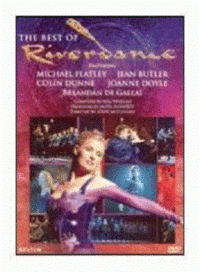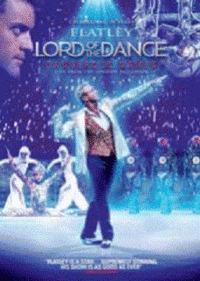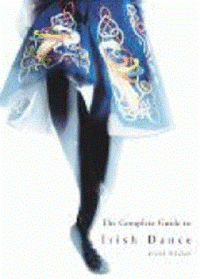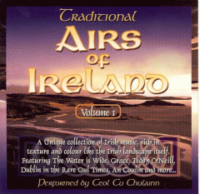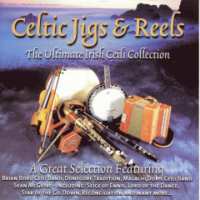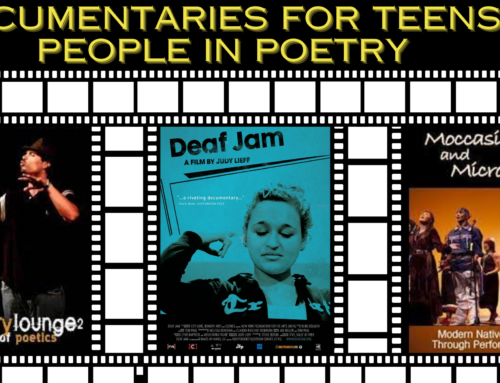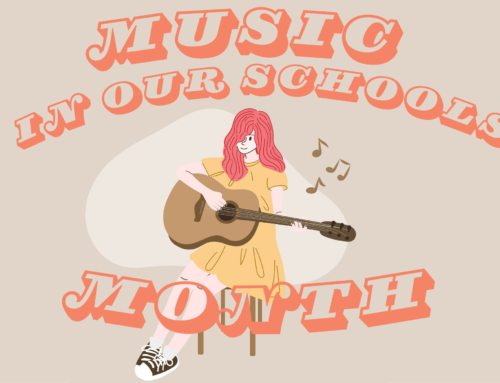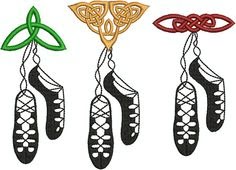
Curly hair, fancy costumes, and Celtic music… what do these things have in common? They are all part of the tradition of Irish Dance.
Long before the common era of history, Celts and Druids roamed the island we know today as Ireland and their traditions involved dancing particularly at a feis (festival). There are feis held today, which are mostly Irish music and dance competitions.
During the 18th century, Irish dance as we know it today began to take shape. Mostly, because there were traveling dance masters who taught people to dance. This gave rise to the group dances and solo dances if you were particularly skilled. Dance masters would even compete against each other.
There are three main kinds of dances: Set, Social, and Step. The dances have very limited upper body movement and a lot of fancy and precise footwork. This was mainly because back in the 18th-19th centuries, there was not a lot of room to move around in the dance venues given they were either barns or pubs.
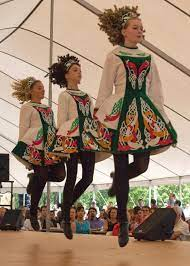
The costumes for the dancers can be very fancy, but for the most part, the men wear a vest and tie with dark pants and the ladies wear a long sleeve dress with a pleated skirt that is knee length and has a Celtic design or pattern on it. The ladies are also required to curl their hair or wear wigs (this is slowly becoming less common today). Dancers also typically wear either hard or soft shoes based on what dance they are performing.
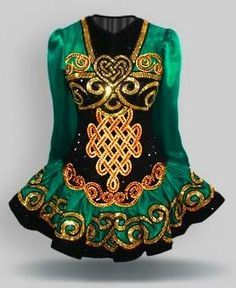
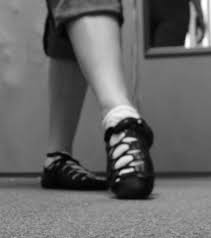
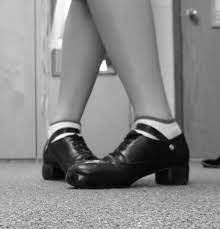
Riverdance brought Irish Dance to the masses in 1994 and the show toured the world until 2011.

